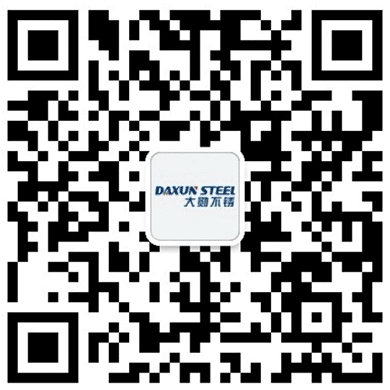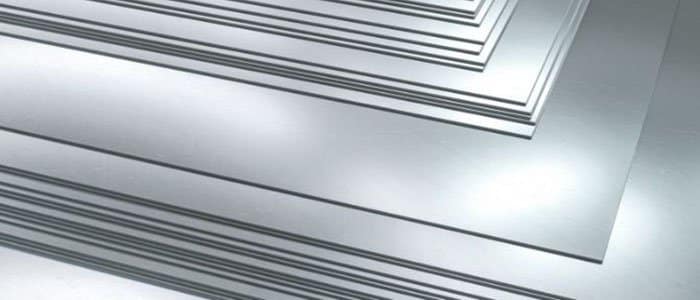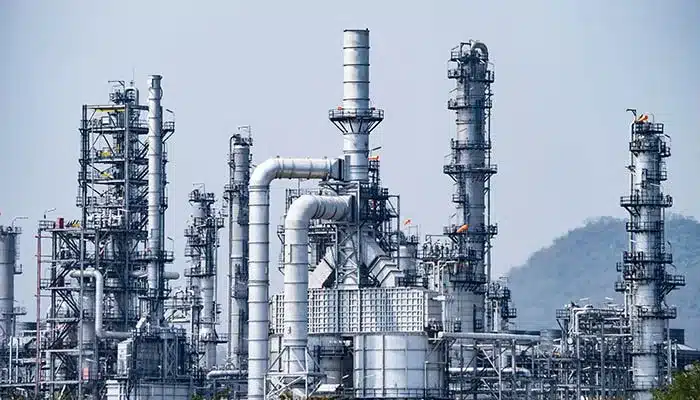In the world of industrial piping, the choice between seamless and welded pipes can significantly impact project outcomes, cost efficiency, and long-term performance. As industry professionals seek the most suitable options for their applications, understanding the fundamental differences between these two pipe types becomes essential. This comprehensive guide delves into the manufacturing processes, advantages, limitations, and ideal applications of both seamless and welded pipes to help you make informed decisions for your projects.
Manufacturing Process: The Core Difference
Seamless Pipes
Seamless pipes are produced through a process that begins with a solid cylindrical billet. This billet is heated to high temperatures and then stretched or pulled over a form until it takes the shape of a hollow tube. The process eliminates the need for welding, creating a pipe without any seams or joints. This manufacturing method results in a uniform structure that offers consistent strength throughout the pipe’s circumference.
Welded Pipes
Welded pipes, in contrast, are manufactured by rolling a flat steel plate or coil into a cylindrical shape and then welding the seam together. The welding process can be performed through various methods, including Electric Resistance Welding (ERW), Longitudinal Submerged Arc Welding (LSAW), or Spiral Submerged Arc Welding (SSAW). The final product features a welded seam that runs along the length of the pipe.
Key Differences
Strength and Pressure Capacity
Seamless pipes generally exhibit superior strength characteristics compared to their welded counterparts. The absence of a welded seam eliminates the potential weak point, allowing seamless pipes to withstand higher pressure levels. This makes them particularly suitable for high-pressure applications such as hydraulic systems, boilers, and critical process piping.
Welded pipes, while strong, have a welded seam that can be a potential point of weakness under extreme pressure conditions. However, advancements in welding technology have significantly improved the strength of welded pipes, making them suitable for many medium-pressure applications.
Cost Considerations
From a financial perspective, welded pipes typically offer a more economical solution. The manufacturing process is less complex and requires less energy, resulting in lower production costs. Additionally, welded pipes can be produced in larger diameters, making them cost-effective for large-scale projects.
Seamless pipes, with their more intricate manufacturing process, generally come with a higher price tag. The increased cost is justified in applications where the superior strength and reliability of seamless pipes are necessary for safety and performance.
Size Availability
Welded pipes offer greater flexibility in terms of size options. They can be manufactured in larger diameters and longer lengths than seamless pipes, making them ideal for applications requiring extensive piping systems or large-diameter conduits.
Seamless pipes have limitations in terms of maximum diameter and length due to the manufacturing process. However, they excel in providing precise wall thickness control, which is critical for certain applications.
Corrosion Resistance
The corrosion resistance of pipes depends largely on the material composition rather than the manufacturing method. However, seamless pipes may have a slight advantage in corrosive environments since they lack a welded seam, which can sometimes be more susceptible to corrosion if not properly treated.
Modern welded pipes undergo various post-welding treatments that enhance their corrosion resistance, making them suitable for a wide range of environments, including those with corrosive elements.
Applications: Choosing the Right Pipe for Your Project
Ideal Applications for Seamless Pipes
- High-pressure hydraulic systems
- Boiler and superheater tubes
- Oil and gas exploration and production
- Chemical processing equipment
- Power generation plants
- Critical process piping in refineries
- Applications with extreme temperature variations
Ideal Applications for Welded Pipes
- Water distribution systems
- Structural applications
- Low to medium pressure process piping
- Piling applications
- Fencing and handrails
- General industrial applications
- Large-diameter water transmission lines
- Construction and infrastructure projects
The Best Steel Pipe Solution
By understanding the fundamental differences between these two pipe types and carefully evaluating your project requirements, you can select the option that best meets your needs while ensuring optimal performance, safety, and cost efficiency.
For more information on selecting the right piping solutions for your specific applications, consult with industry experts who can provide tailored recommendations based on your unique requirements and operating conditions. Daxun Alloy Co., Ltd. offers extensive expertise in stainless steel, carbon steel, titanium, and other alloy steel products, and can assist you in finding the perfect piping solution for your project needs.




